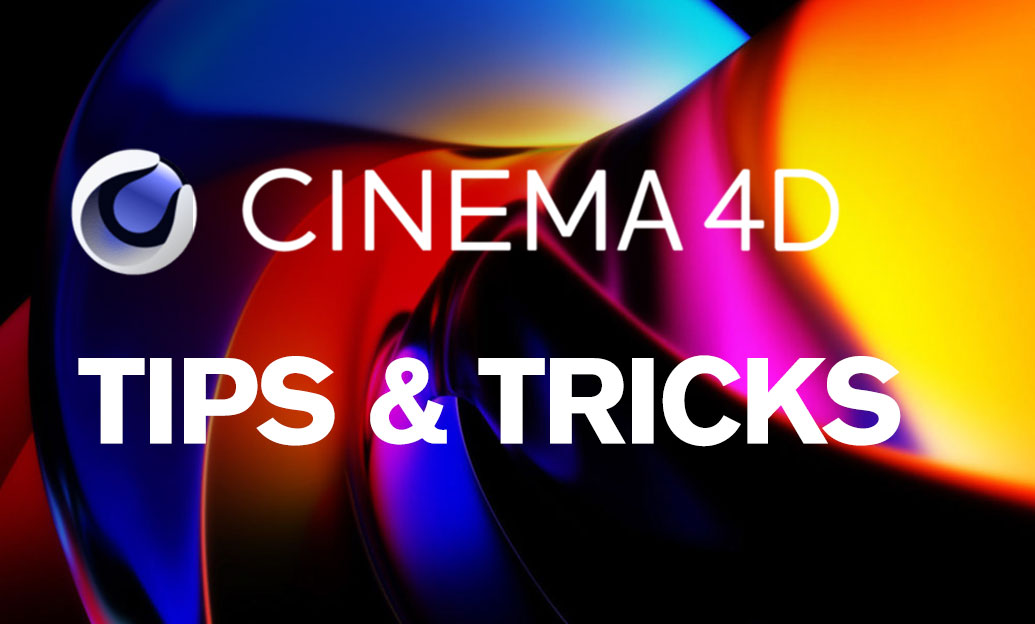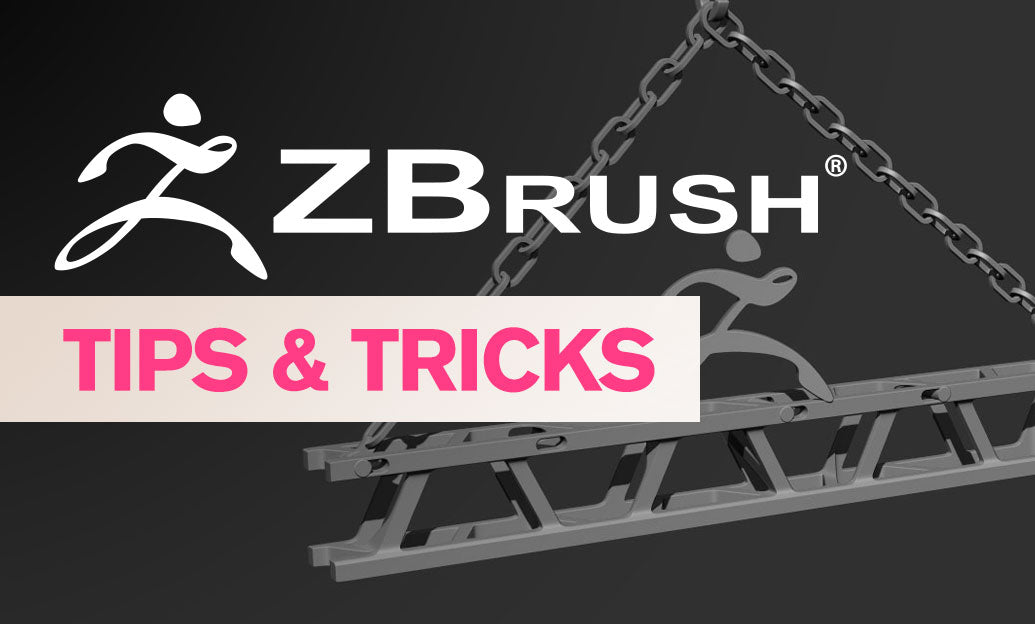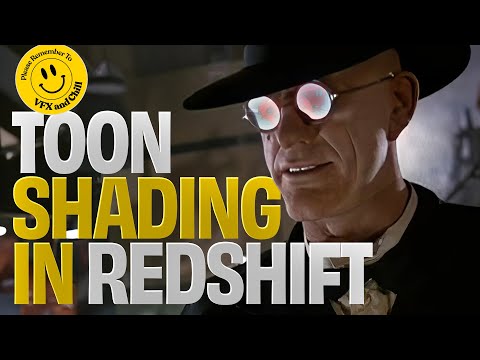Your Cart is Empty
Recent Articles
- Cinema 4D Tip: Enhancing Live-Action Footage with Integrated 3D Objects in Cinema 4D
- VFX and Chill | Toon Shading in Redshift
- ZBrush Tip: Essential Guidelines for Preparing ZBrush Models for 3D Printing
- V-Ray Tip: Enhancing 3D Renders with V-Ray's Layered Material: Tips and Best Practices
- AutoCAD Tip: Maximizing Efficiency with AutoCAD DesignCenter: Tips for Managing and Reusing Drawing Components
- Revit Tip: Enhancing Team Collaboration in Revit with Efficient Workset Implementation and Management
- Rhino 3D Tip: Maximizing Rhino 3D for Jewelry Design: Expert Tips for Precision and Creativity
- Unlock Seamless Design: Get Started with Enscape for SketchUp 2024
- Bluebeam Tip: Efficient Document Revision Management for Large Projects with Bluebeam Batch Slip Sheet Feature
- Cinema 4D Tip: Mastering the Node-Based Material System in Cinema 4D: Essential Tips for Advanced Rendering
5 Ways XVL Enhances Concurrent Engineering to Boost Time-to-Market
February 24, 2024 2 min read


In the complex sphere of product development, the harmony between design and manufacturing teams is crucial for expediting market delivery. This is where Concurrent Engineering shines, serving as a catalyst for such synergy. The integration of XVL technology marks a significant leap forward in this domain, enhancing collaboration and streamlining workflows. Let's delve into five ways XVL bolsters Concurrent Engineering.

Effortless Data Integration
XVL technology acts as a linchpin for 3D CAD data integration, granting both design and manufacturing units the ability to commune over a single, compact model. The ability to convert voluminous CAD data from disparate formats into a wieldy XVL file simplifies the data exchange process. Such integration fosters rapid, informed decision-making and upholds data integrity, guaranteeing that all stakeholders are aligned with the most current and precise project details.
Real-Time Collaboration
The adoption of XVL transforms collaboration into a lively, instantaneous dialogue. Design adjustments made to 3D models can be instantaneously reviewed in the context of assembly procedures by manufacturing personnel. This enforces a proactive approach, rooting out potential hurdles early on and sidestepping downstream production delays—a pivotal stride towards Concurrent Engineering maturity.
Visualizing Assembly Processes
Through the lens of XVL, teams can digitally enact and scrutinize assembly sequences. Engineers leverage XVL for scrutinizing part placements, tool access, and ergonomics virtually. This preemptive visualization is instrumental in refining assembly workflows and certifying the manufacturability of the final product, thereby minimizing the need for post-design adjustments.
Reducing Physical Prototypes
The traditional reliance on physical prototypes can be a resource-intensive aspect of product development. XVL's capacity for comprehensive digital validation curtails the need for repeated physical prototyping. This translates to quicker design iterations, cost savings, and, crucially, an accelerated path to market for new products.
Immersive Visualization in VR/AR/MR
XVL empowers Concurrent Engineering with its compatibility for immersive visualization technologies such as VR, AR, and MR. The distinctive advantage of XVL is its ability to maintain CAD precision despite data compression. This enables engineers to dive into a virtual model exploration, enhancing validation accuracy and granting a perspective beyond the reach of traditional methodologies.
Conclusion
XVL's integration into Concurrent Engineering methods mitigates common challenges and propels manufacturing firms towards a future marked by cohesive and innovative practices. By enabling the real-time visualization and optimization of processes, XVL equips companies with the tools to achieve unified engineering excellence, sharpening their competitive edge in the dynamic manufacturing sector.
For more information about the newest and most advanced design software technology, contact our sales team at NOVEDGE.
Also in Design News

Cinema 4D Tip: Enhancing Live-Action Footage with Integrated 3D Objects in Cinema 4D
April 27, 2024 2 min read
Read More
ZBrush Tip: Essential Guidelines for Preparing ZBrush Models for 3D Printing
April 26, 2024 2 min read
Read MoreSubscribe
Sign up to get the latest on sales, new releases and more …



